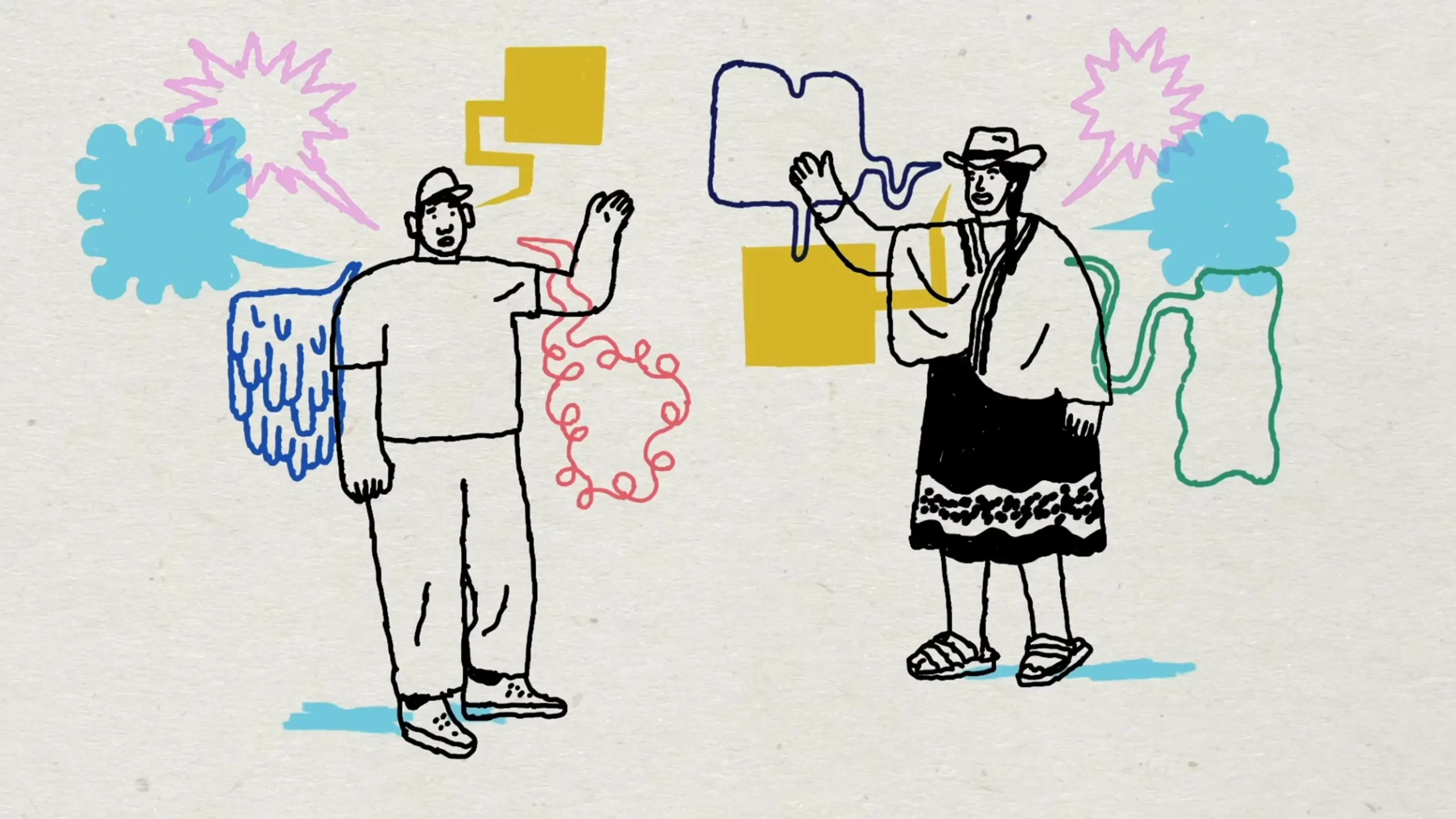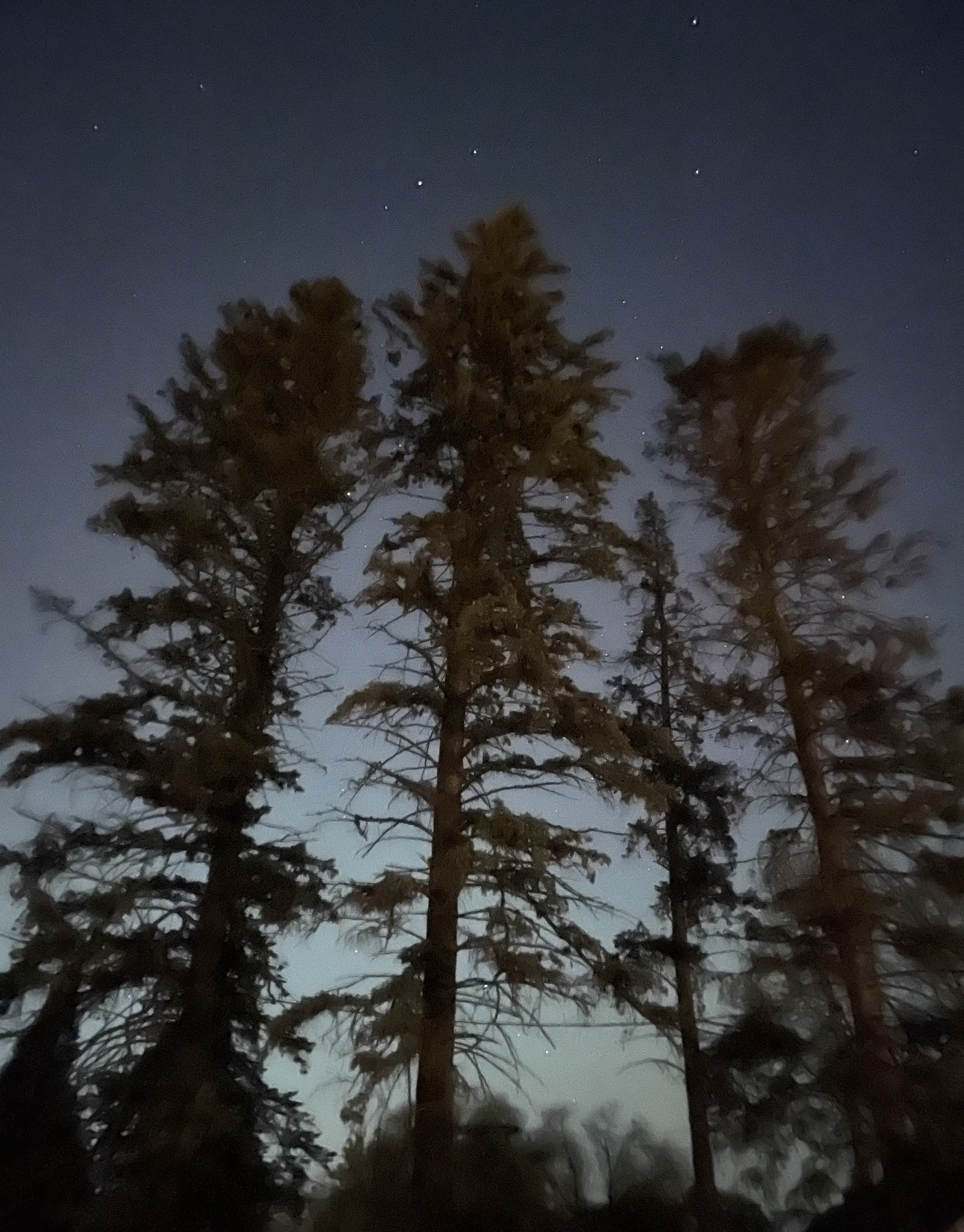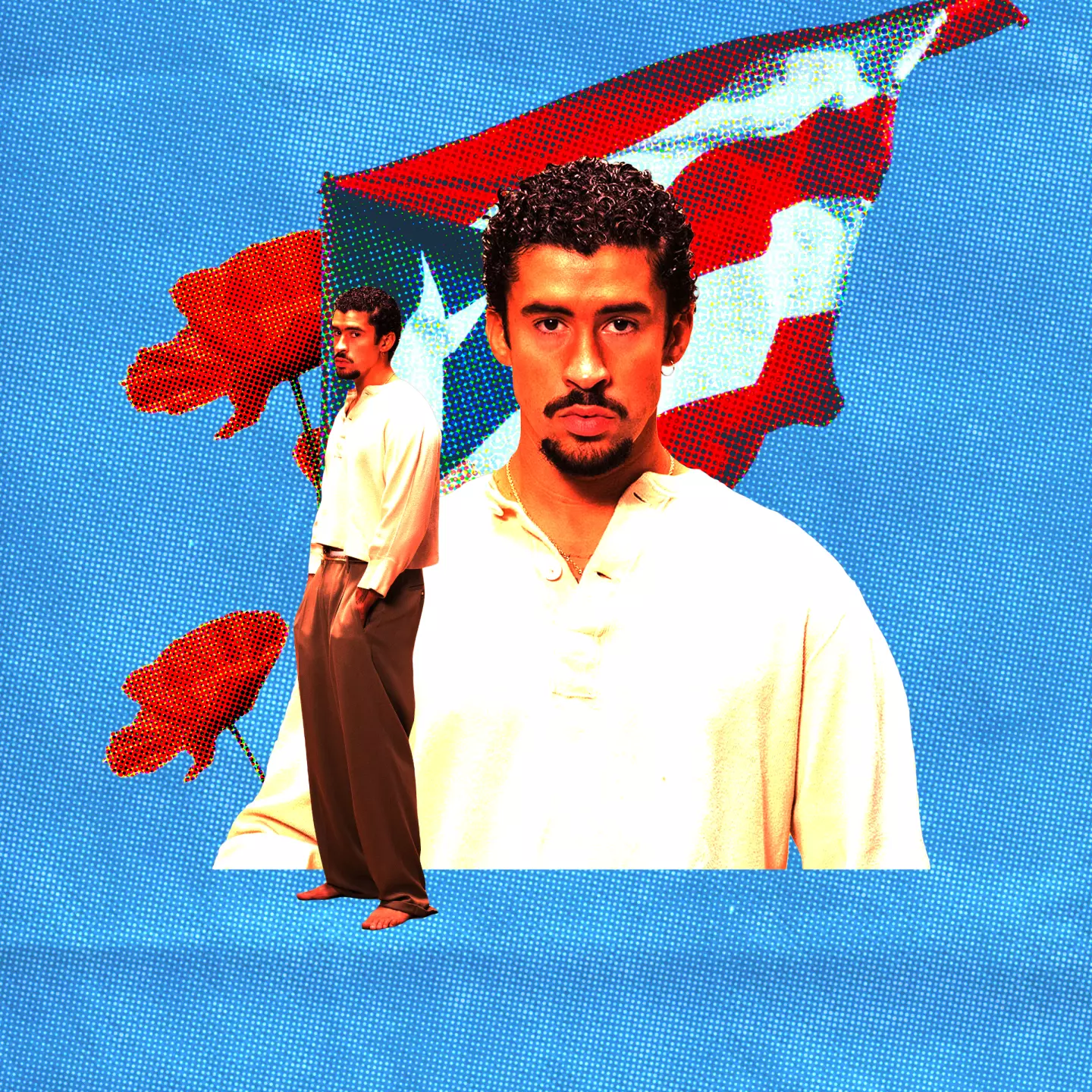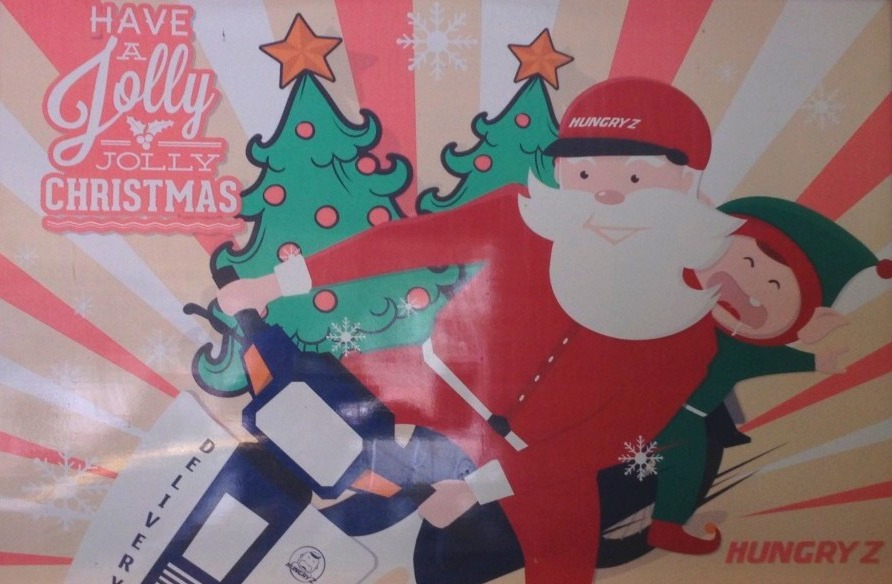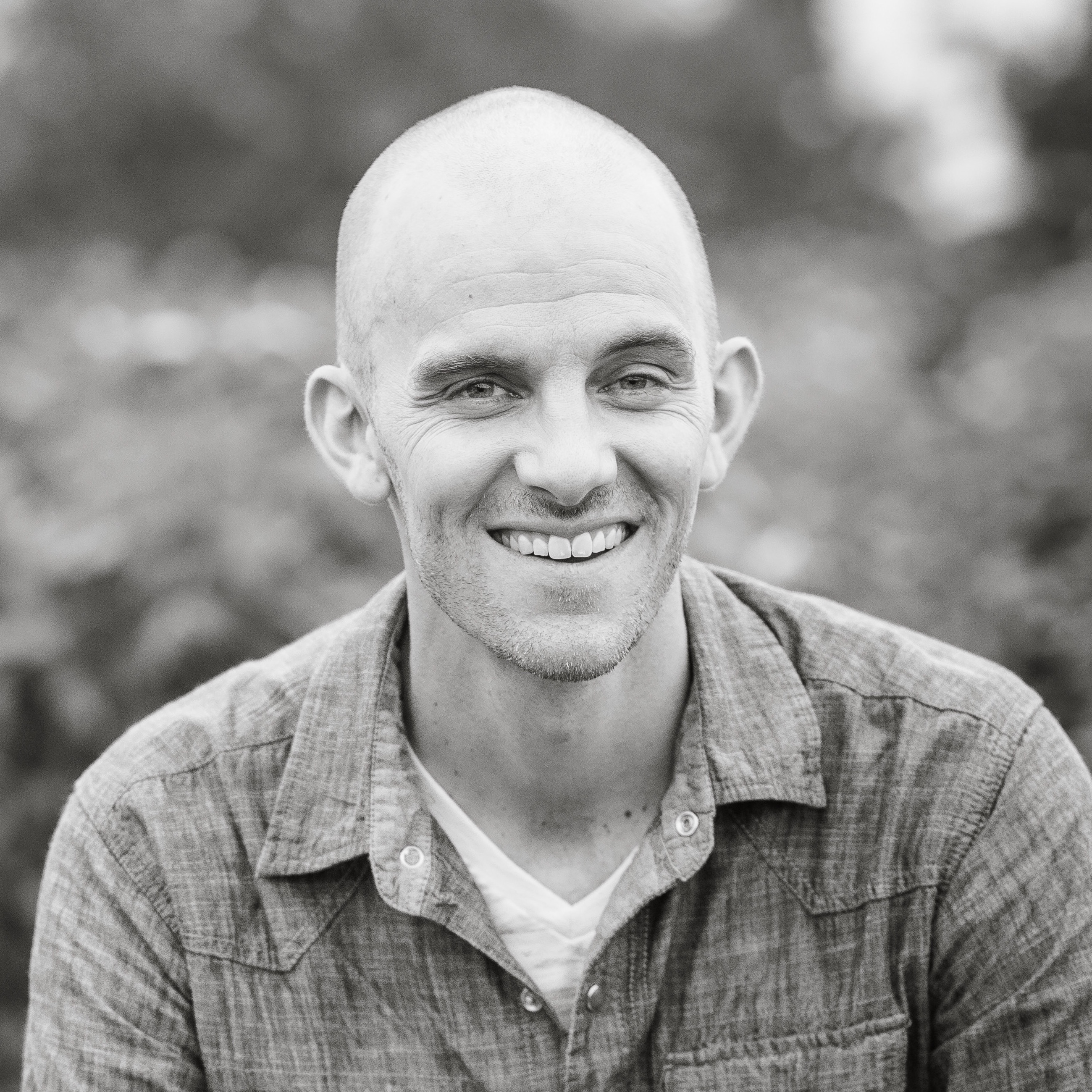I love NPR’s Radio Ambulante and its co-founder Daniel Alarcón. Their newsletter of recommendations is one I look forward to each week.
In my newsletter last week, I wrote about Peruvian public speaking in anticipation for my work trip to Lima, Perú:
To learn more about Perú ahead of my trip, I’ve been listening to episodes from their Perú playlist. One of Radio Ambulante’s co-founders is Peruvian-American journalist Daniel Alarcón, who has an excellent short story collection about Perú called War by Candlelight, which I’ve also been digging into. A few years ago, Alarcón did a video for Pop-Up Magazine in honor of Hispanic Heritage Month called “Peruvian Tips for Public Speaking.” In the video, he talks about a cherished little book he bought from a street vendor in Lima, Perú. The pirated book contains inspirational and oftentimes hilarious advice on public speaking, yet it also ends up revealing a profound truth about Latin America and the complexities associated with its diverse cultural makeup. Language is power, and in Perú, the language of the majority is Spanish. But minority languages, like Quechua and Aymara, are still widely spoken today among Perú’s vast indigenous populations. You can see historical traces of these languages and cultures—present long before Spanish imperialism took hold—in the names of streets and cities. It reminds me of Wisconsin’s indigenous languages, which are still present in the names of many of its cities and lakes. Alarcón’s comments address language as a means of access. Spanish speakers hold power in Peruvian society and the public speaking book is meant to extend that access to indigenous groups.
Alarcón’s story about his Peruvian public speaking book—with its direct and hilariously exaggerated speeches and toasts—appeared as part of a series of videos put out by Pop-Up Magazine‘s “Stories for Hispanic Heritage Month.” In the video, Alarcón recites several toasts from the book. Here are two of my favorites:
“Eulogy of a drowned fisherman”
We’ll no longer find Juan sitting on the shore. We’ll no longer hear him tell stories of fishermen. He’ll never throw a line into the water again. And though his fishing nets are empty today, our eyes are filled… with tears.
“Words offered by a member of an institution on the occasion of the inauguration of a radio receiver”
These modern times have arrived to offer us this receiving machine, now installed in the social hall of the Club, from where it will not only capture information from all over the world, but offer the same back to the people, so that they may participate in the news that travels atop the ethereal waves directly to our ears, all those events taking place throughout this diverse and fractured globe where we earthlings reside.
Alarcón summarizes the toasts by saying, “It’s not poetry, not exactly, but it’s not not poetry, you know?”
He goes on to say that Perú is a country divided by language. There are 15 different language families found in Perú, the most popular indigenous one being Quechua—spoken by around 5 million Peruvians and an official language of the country since 1975.
But Alarcón points out that Spanish is the language of power, and that how you talk and look in Peruvian society determines how you will be perceived. Spanish is the language of access and Alarcón concludes that the public speaking book is intended to serve as a bridge between the in-group Spanish-speaking majority and the out-group minorities who speak other languages.
Alarcón calls the public speaking book “an attempt to heal a national wound,” and without even cracking a smile, he finishes the story in typical Peruvian fashion, pointing out this subtle and underlying purpose:
There’s no speech addressing this, there’s no soothing discourse on the bifurcated identity of a country fractured by its own complicated and troubling history. There’s no tribute to the possibility of creating a hole from disparate, often warring, cultural tribes that constitute, for now, a purely imaginary nation. There’s no homage to the Quixotic 200-year-old attempt to hide the fault lines intrinsic to this national project, from our very first, very flawed moment. None of those speeches are in this magical little book. I know, because I looked.
You can watch the full video below and read the rest of my newsletter here. Enjoy!
